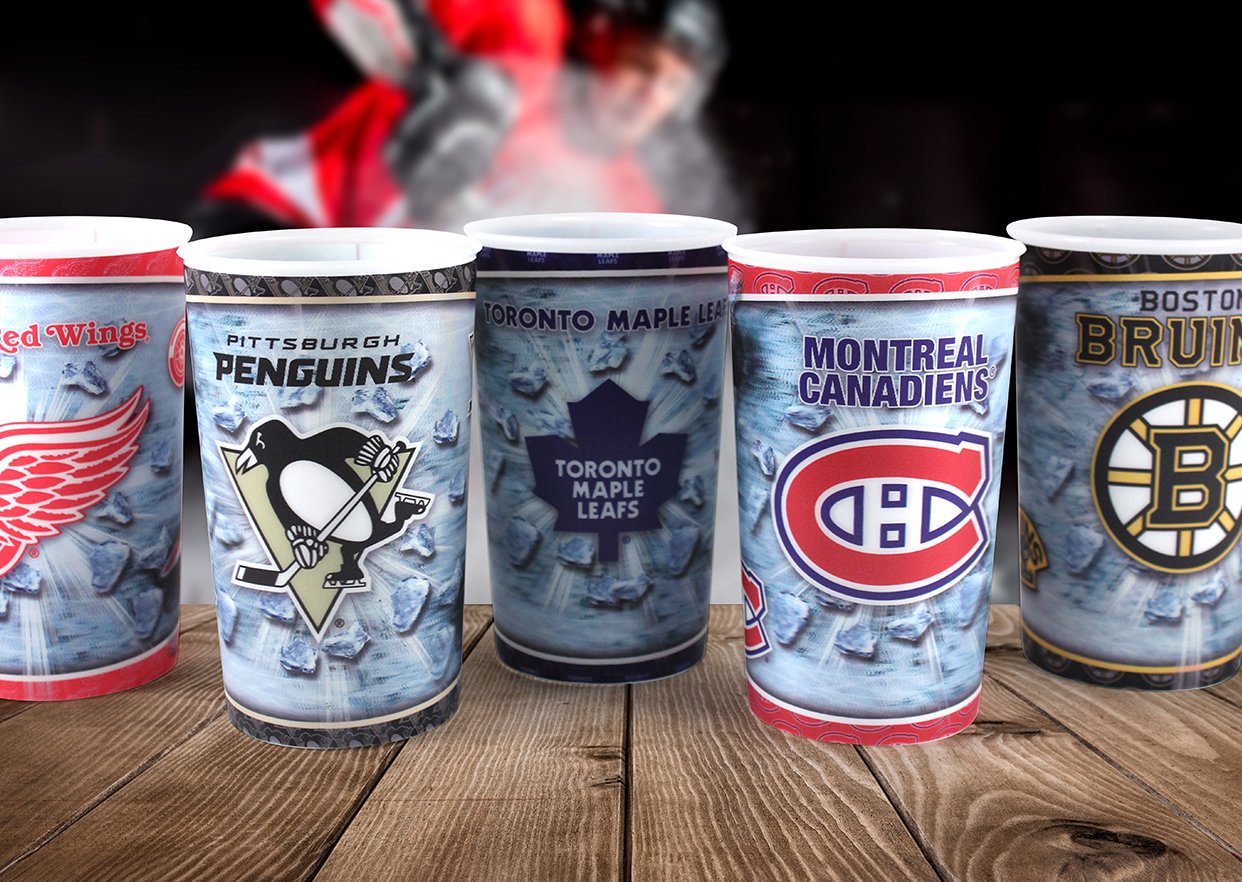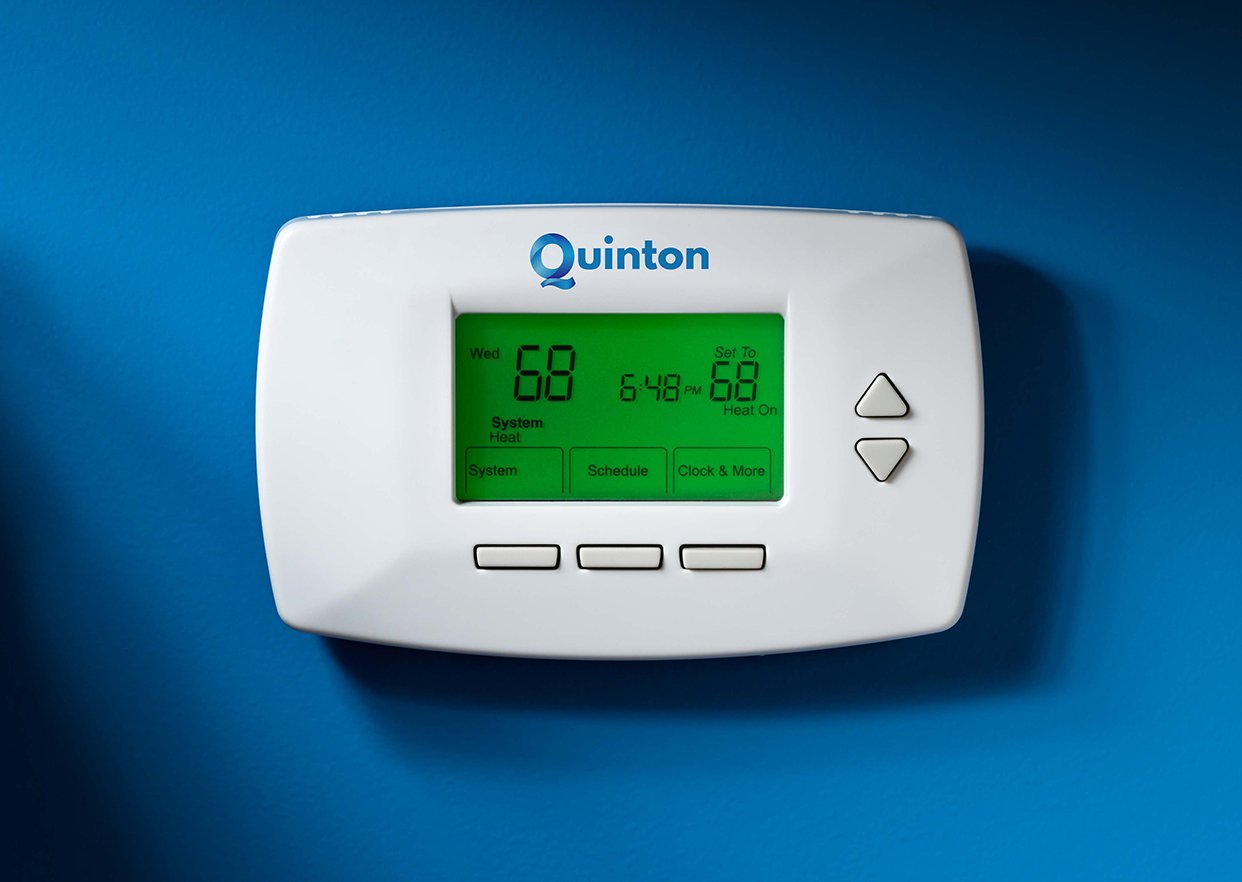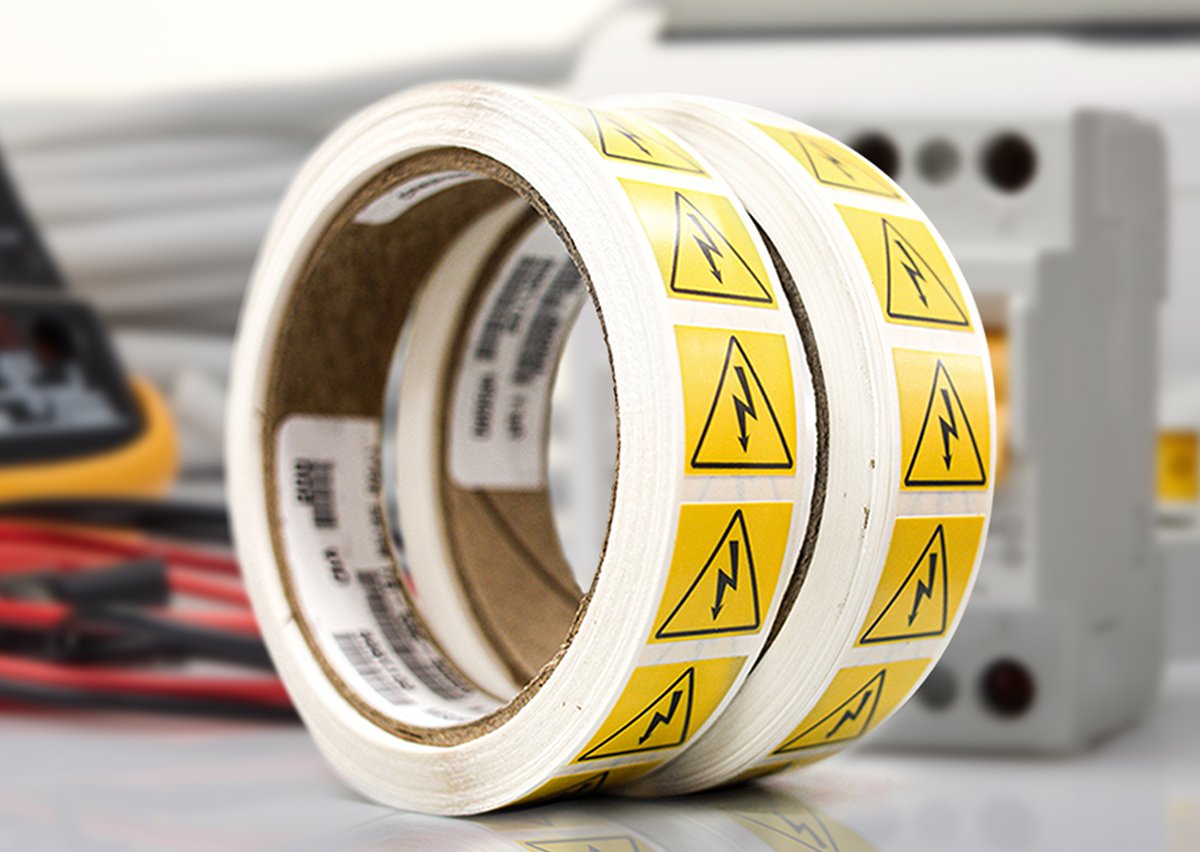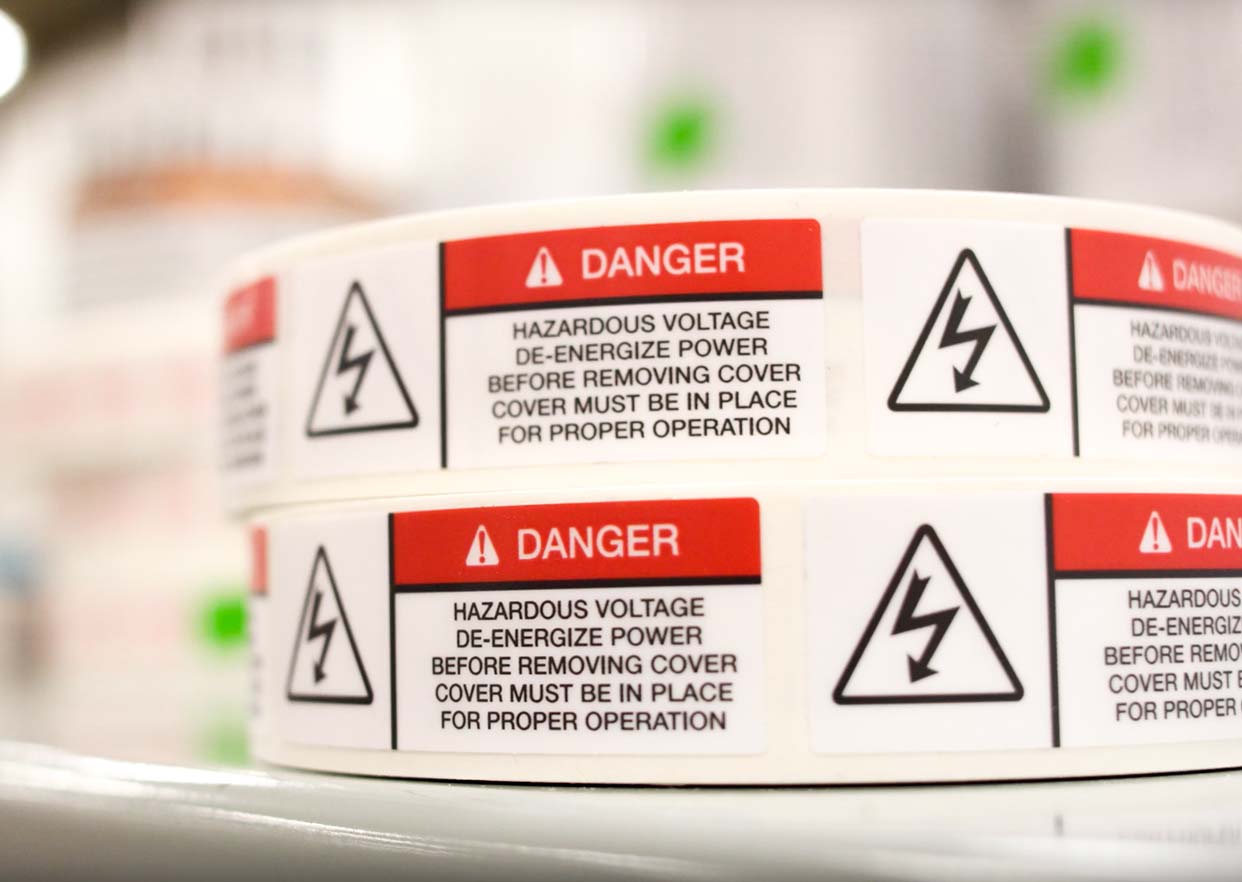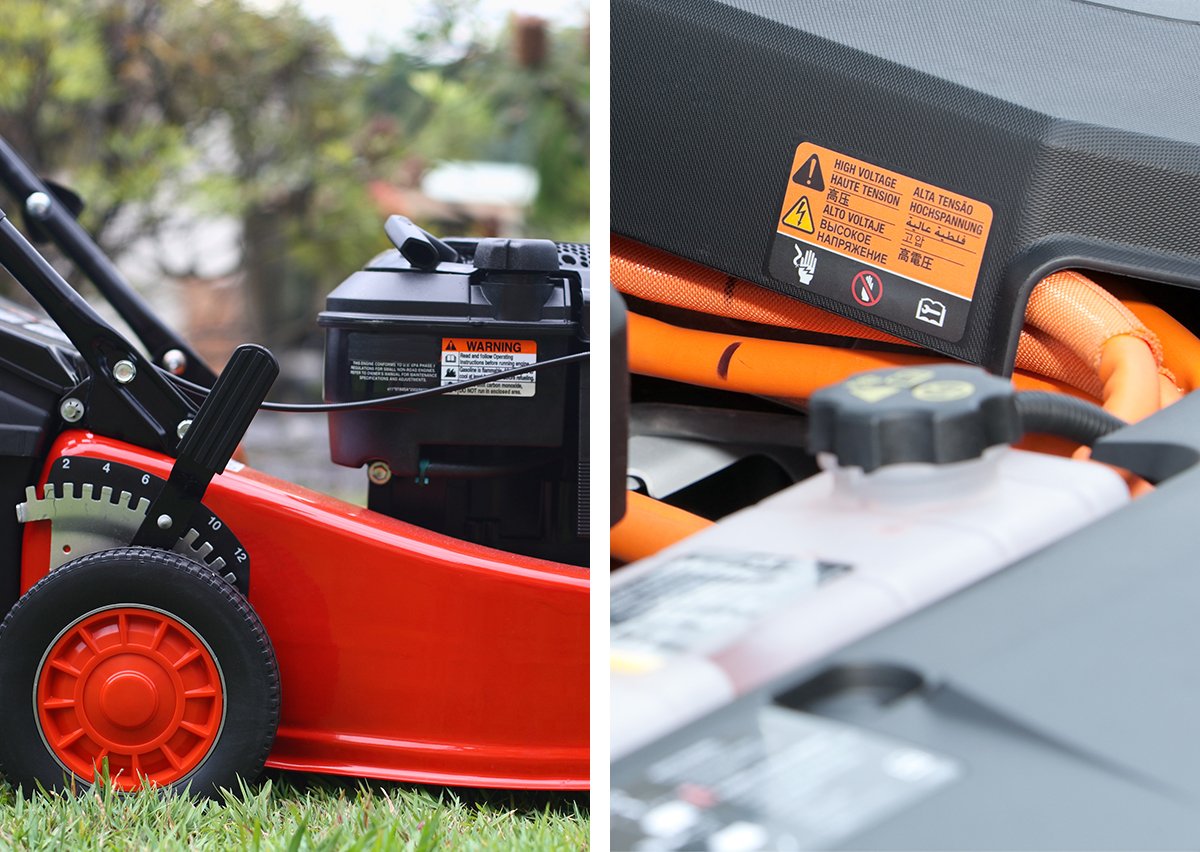If you’ve ever set foot in an auto dealership, you are no doubt familiar with the classic “window sticker” outlining the vehicle’s price, option packages, fuel economy and more. The level of transparency and disclosure afforded to new car buyers is remarkable. It wasn’t always that way. As recently as the 1950s, buying a car was a Wild West experience fraught with risk and mystery. That is, until a man named Almer Stillwell “Mike” Monroney got involved and the so-called Monroney label was born.
The History Behind Monroney Labels
Automobile manufacturers and auto dealers have long had a collaborative relationship, but there was a time when that relationship was somewhat one-sided. Manufacturers exercised all the power until something called the Automobile Dealers Day in Court Act was passed by Congress in 1956. The Act gave dealers certain legal rights, such as the ability bring suit to recover damages due to a manufacturer’s failure to act in good faith.
Ironically, the new legislation that protected franchise dealers also shined a spotlight on the unpredictable nature of the car buying experience in 1950s America. In those days, consumers generally didn’t know what they were paying for in terms of list price, destination charges, extra-cost options and so forth. Car buyers were simply required to take the dealer’s word for such things.
Mike Monroney and the Monroney Label
Oklahoma Senator Mike Monroney was concerned by what he saw and stepped in to do something about it. Senator Monroney sponsored a bill called The Automobile Information Disclosure Act of 1958 that required a new type of label be affixed to the window of every car sold in U.S. This sticker was to include certain details about the vehicle and its pricing to enable consumers to bargain with dealers on even footing. The new disclosure requirement changed the car buying experience forever and the window labels soon came to be known as Monroney labels.
The Changing Role of Monroney Labels
The Monroney label is a ubiquitous element of the car-buying experience, but there is more to the story than stickers and senators. The role of the Monroney label has changed over time as consumer protection and environmental concerns have gained traction. Changes in automotive technology have also shaped the Monroney label you see today. Here are three things to know about Monroney labels that you might not realize.
#1: Monroney labels are not required for all new vehicles
While Monroney labels are required to be displayed on all new “passenger motor vehicles” for sale in the U.S., this definition does have some limitations. Passenger motor vehicles with a gross vehicle weight rating (GVWR) of more than 8,500 pounds are exempt from the Monroney label requirement. Likewise, motorcycles, delivery trucks and vehicles designed for more than 12 passengers are not required to carry Monroney labels at the point of sale. It’s also worth noting that Canada has its own type of required disclosure called the Pricing Sticker, which is similar in purpose but less regulated than the Monroney label.
#2: Monroney labels will continue to change
The content requirements of Monroney labels have changed a number of times and more changes can be expected in the future. Basic Monroney label details such as vehicle features, options, warranty, base price and total price have been supplemented many times over the years.
- Miles-per-gallon fuel economy information was added in 1977.
- Foreign and domestic parts content percentages were added in 1994.
- Crash test ratings were added in 2007.
- Expanded fuel economy and environmental footprint details were added in 2013, complete with QR codes for easy access to more details.
As the auto industry moves away from internal combustion engine (ICE) technology toward hybrid electric (HEV), plug-in hybrid electric (PHEV), battery electric (BEV) and fuel cell electric (FCEV) vehicles, the ratings and formatting of the Monroney label will undoubtedly change to keep pace. Add in the emergence of self-driving vehicle technologies and it’s likely that the Monroney label’s importance will grow over time.
#3: There is not a Monroney label for used cars
Since 1985 and the Used Motor Vehicle Trade Registration Rule, car dealers have been required to display a window label on used vehicles as well. Officially known as the Buyers Guide, this sticker tells the buyer whether the vehicle has a warranty or is being sold “as is.” It also indicates whether a service contract is available to the buyer and who the selling dealer is.
Beyond that, however, there isn’t much to a Buyers Guide. In comparison to a Monroney label, the used car Buyers Guide label is light on details and protections for the consumer. As the saying goes, buyer beware.
Taylor: A Leader in Monroney Labels for Automotive OEMs
Taylor has decades of experience in the design, engineering and production of label solutions for retailers as well as durable labels for manufacturers and logistics companies. This experience with durable labels extends to Monroney labels for auto manufacturers. Taylor is, in fact, the largest provider of Monroney label systems to import OEMs in North America. We also produce the Pricing Stickers utilized by OEMs for vehicle sales in Canada.
Through a unique combination of commercially available software and Taylor’s own proprietary technology, we have assembled the best-in-class software system for Monroney label development. Each label component is modularized to allow us to build custom solutions and deploy them quickly, tailored to the exact requirement. Our intuitive, easy-to-use design tool simplifies the development process, saves the manufacturer time and resources, and ensures that they can keep pace with demanding manufacturing schedules.


